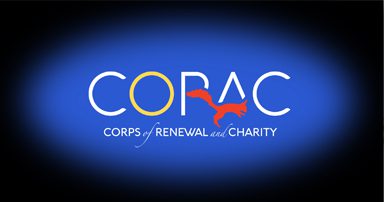Welcome to the CORAC Communications Team conversation. We’re delighted that you’re here and welcome any comments and resources that will help edify and strengthen this community. Please share where it is most appropriate –– under pertinent posts if available –– or under this “General Discussion” area if a specific post topic has not yet been introduced by the Communications Team lead.
Before you join the conversation by commenting, please take a moment to look over our Comments Policy.




















14 Comments